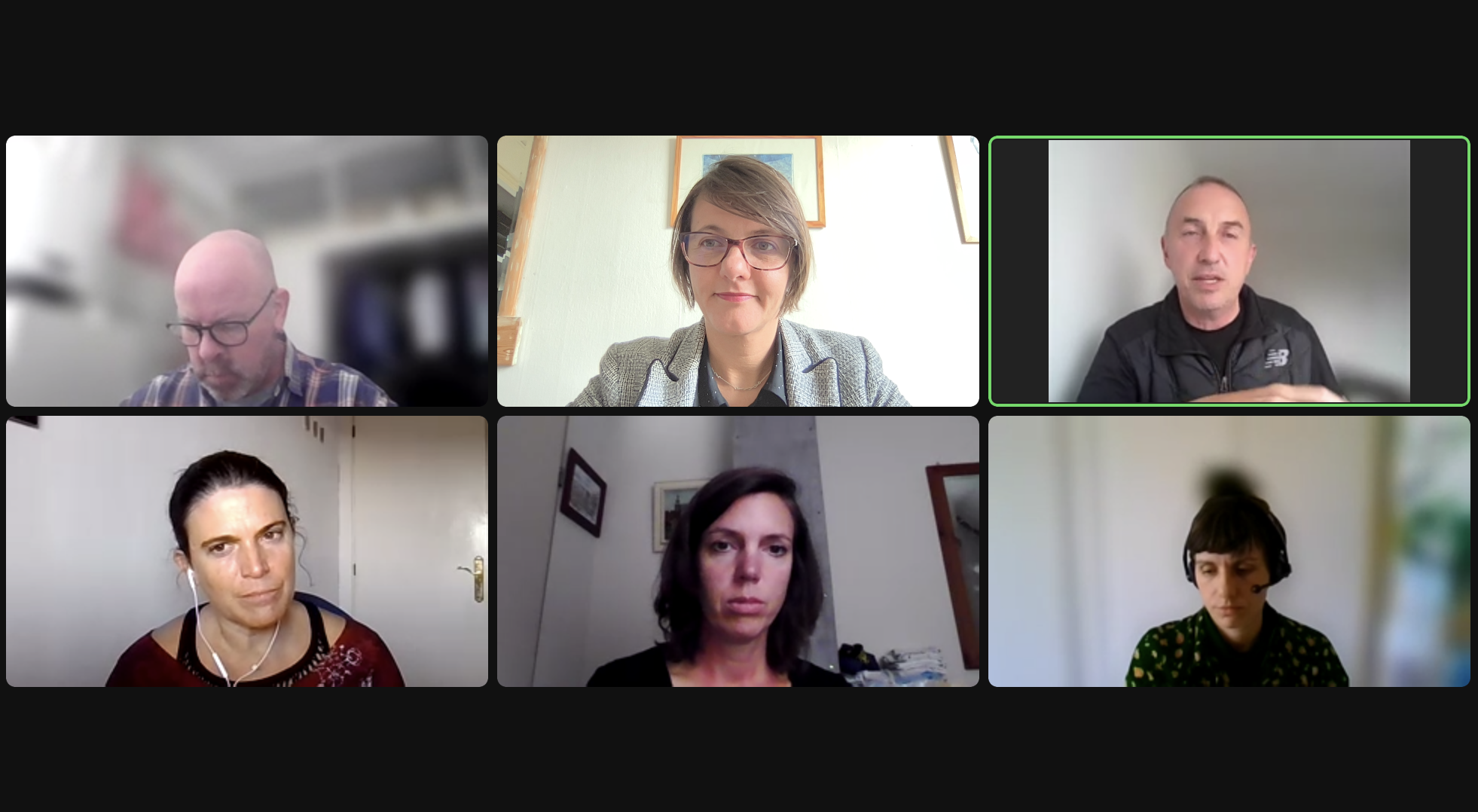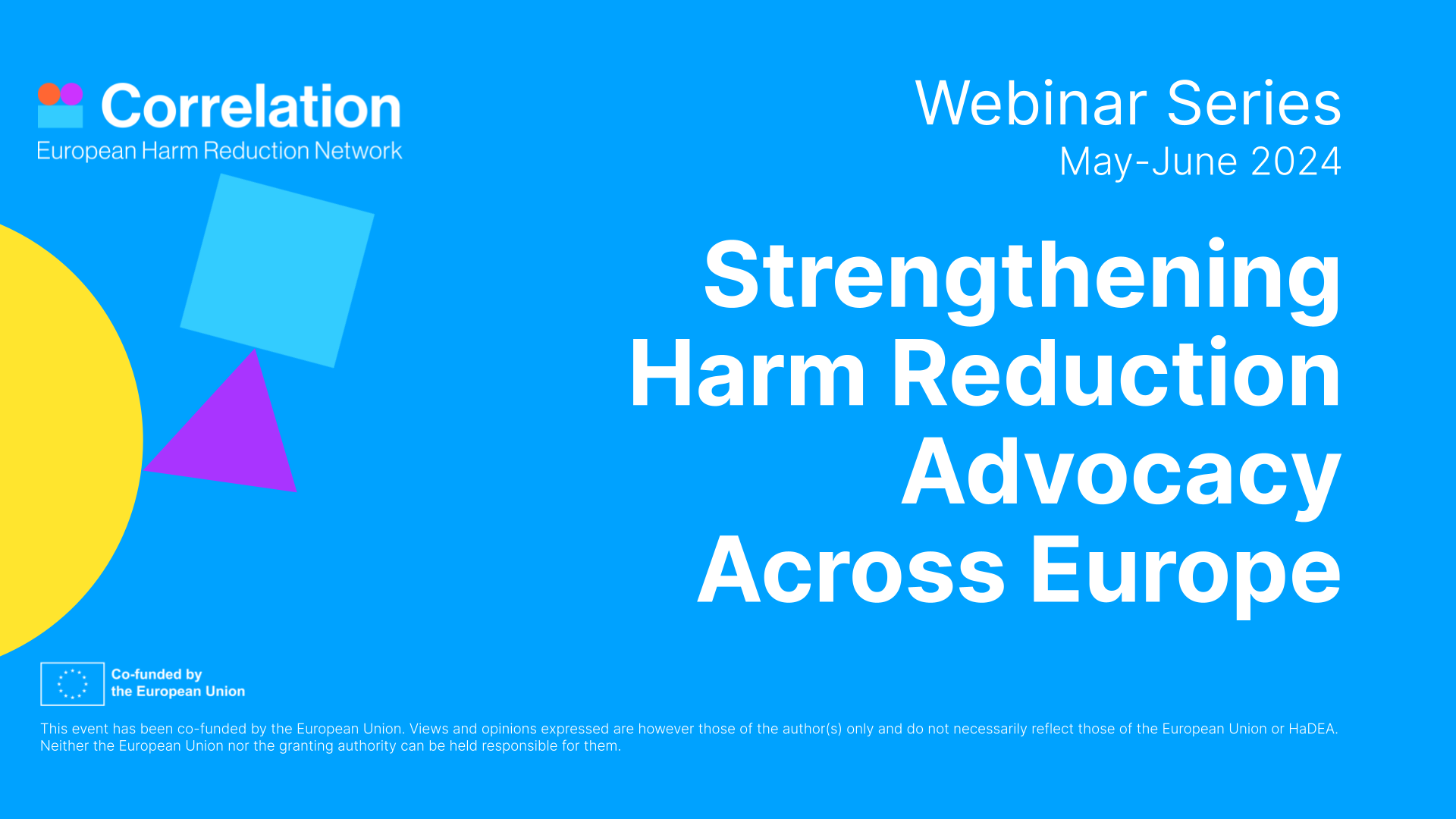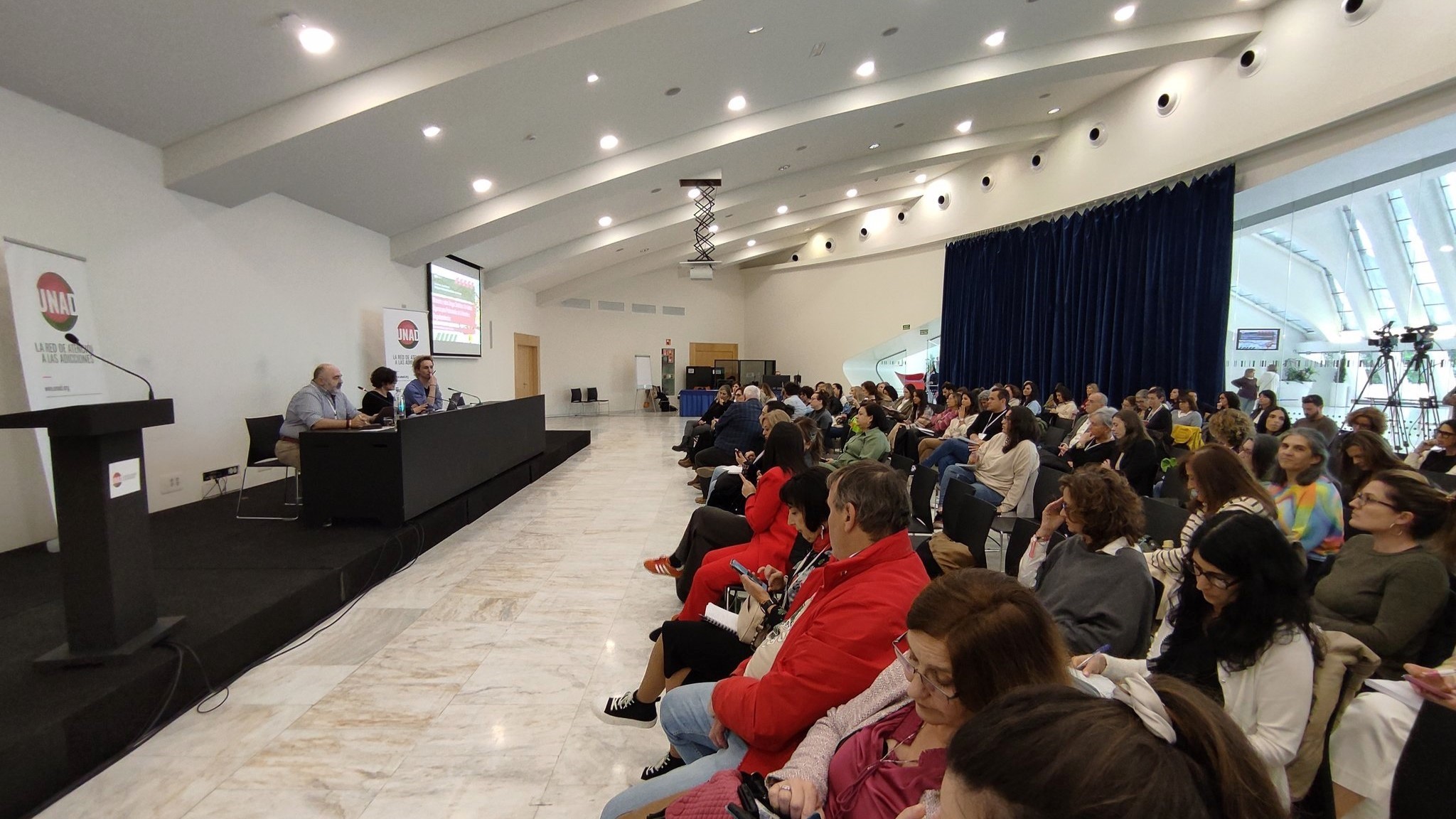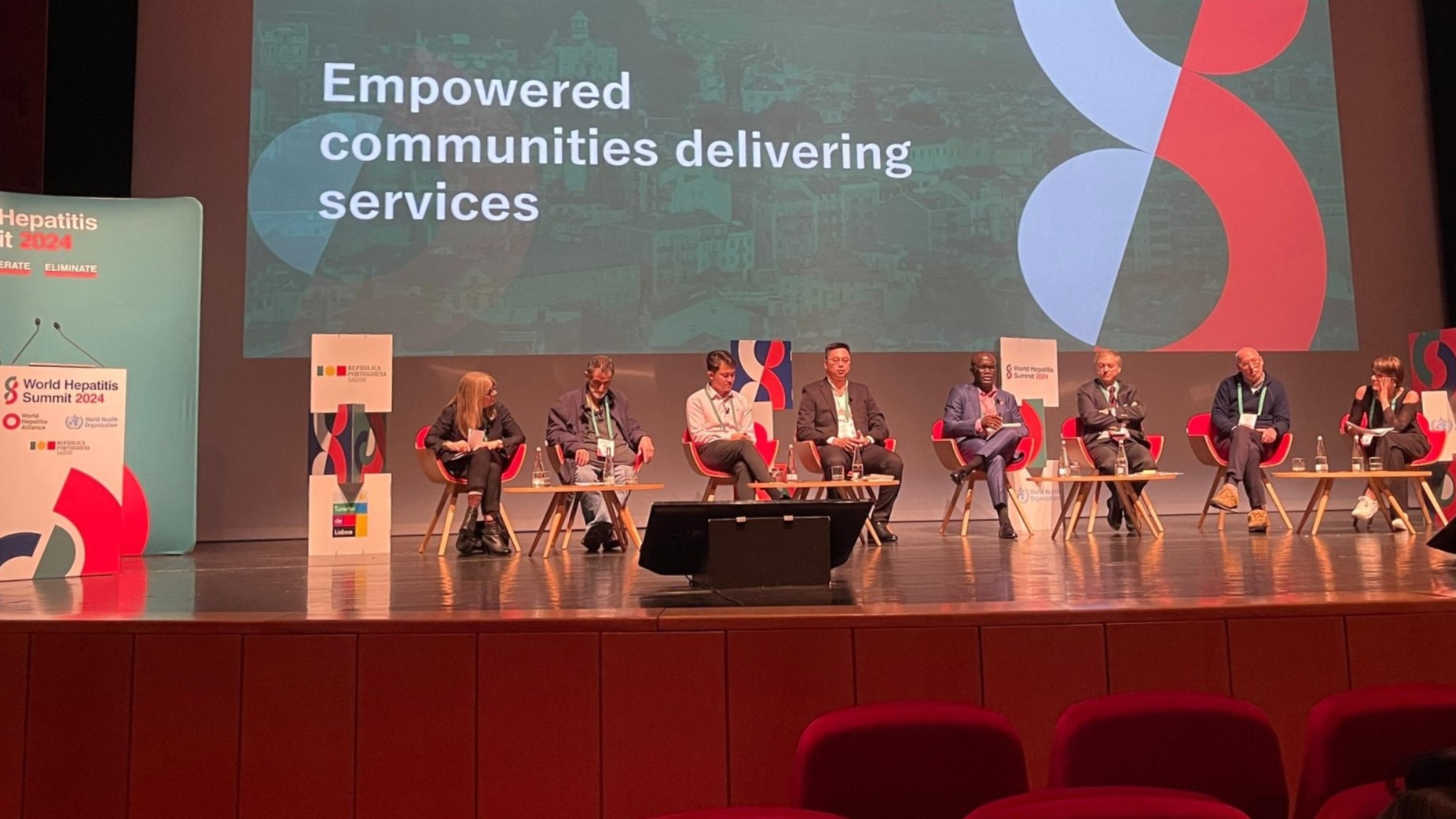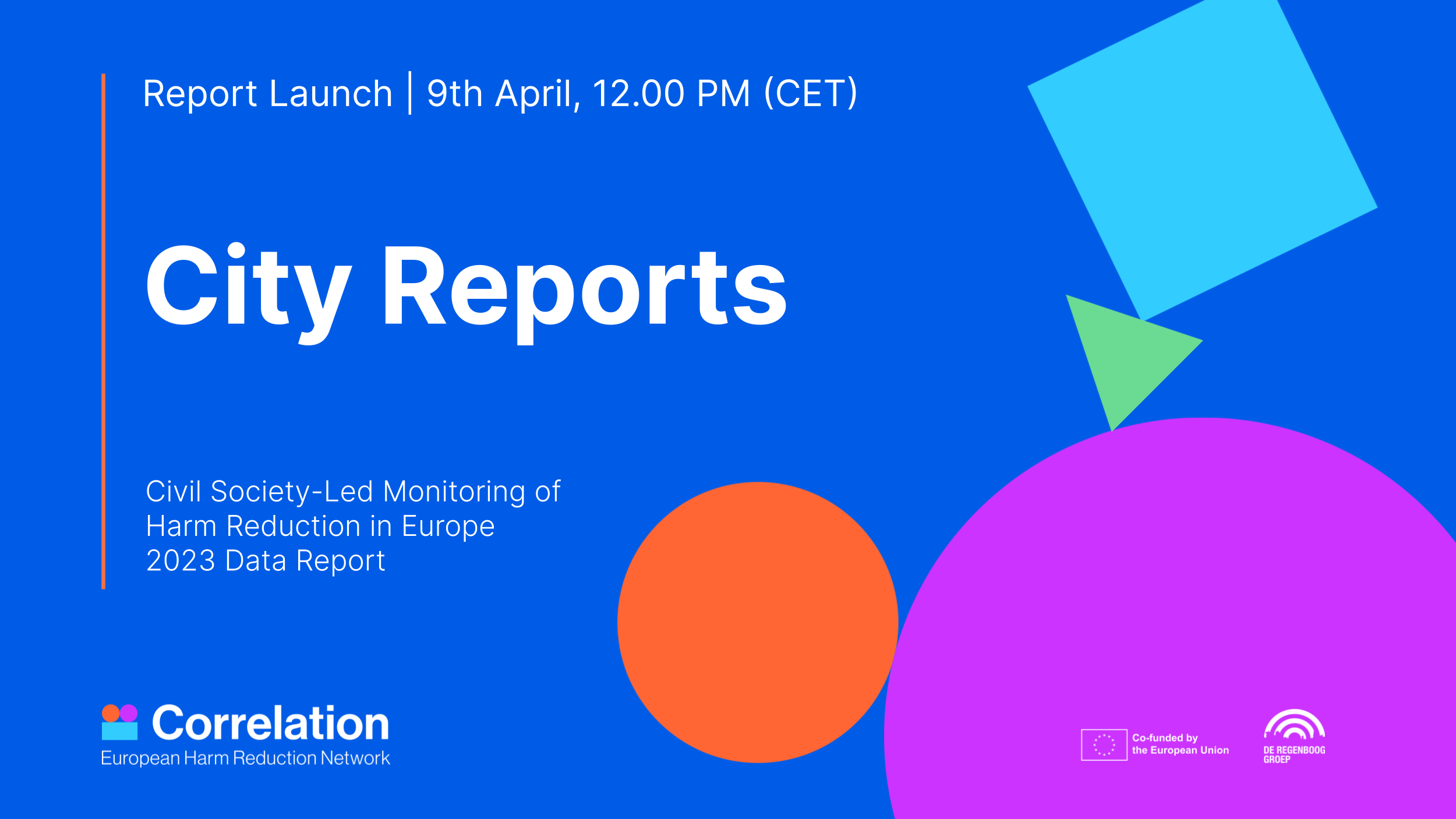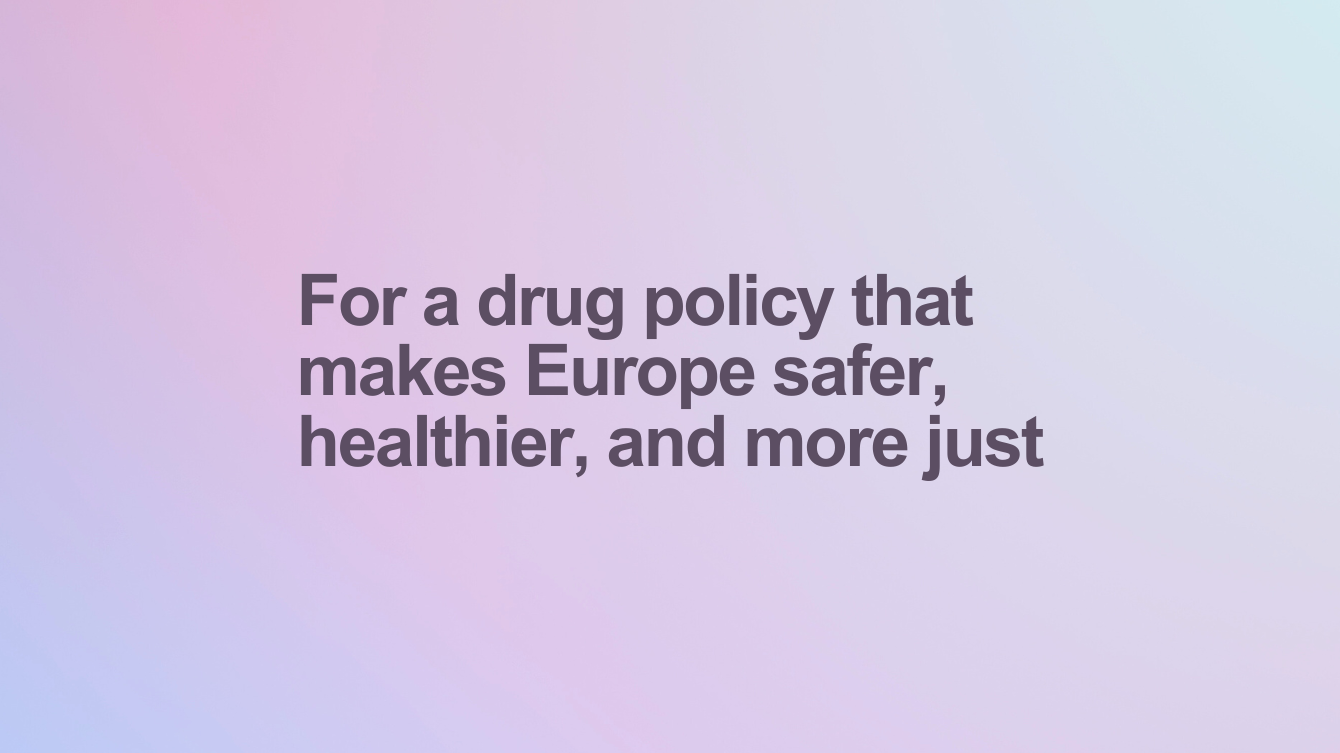Processes and Progress of Civil Society Monitoring of New Drugs Trends
On the 12th October, Rafaela Rigoni [CEHRN] hosted a webinar on the civil society monitoring of new drug trends, alongside Lies Gremeaux [Sciensano] | Laura Smit Rigter [DIMS – Trimbos-instituut], Mireia Ventura [Energy Control – ABD], Tony Duffin [Ana Liffey], & Daan van der Gouwe [Trimbos-instituut].
Daan van der Gouwe, who has been analysing the new drug trends data for the last three years, presented the Progress of Monitoring New Drug Trends from a Civil Society perspective. The presentation described the ability of civil societies to collect grassroot level data, which is often missed by larger organisations, which can be complementary to larger scale data collection organisations.
Daan discussed the unique approach to collecting data at a city instead of national level, and the stronger focus on looking at trends instead of specific substances. In conclusion, the topic of the timescale of data collection was introduced.
Discussion
During the discussion segment, Mireia Ventura emphasised the added value of civil society monitoring as they have direct contact with the people who use drugs; thus allowing for more honest and transparent responses. This sentiment was reinforced by Tony Duffin who described the importance of trust in these interactions, as this increases the willingness to share information – “Harm Reduction services tend to have great relationships with people who use their services and, in so doing, have access to some of the earliest qualitative information that anyone can gather”.
“Collecting data at a city level instead of a national level is important to allow for the detection of very early signs of change and trends at a very local level.” – Laura Smit
Lies Gremeaux described the ability of civil society monitoring to be able to capture new situations and rapid interactions, creating a better symbiosis in the value of knowledge exchange. These small signals and rapid interactions can become trends, and allows us to gain foresight.
Q&A with participants
“How often should we collect data?”
- The topic of what is the most effective timescale to be used when collecting this data is important as a large amount of focal points reported no changes were noticed in the year. This could mean a year is too small an amount of time to identify changes and trends. However, if the collection was done at a larger time-gap there would be a fear of missing the very early signs which are extremely important; due to this, the idea of collecting data at 6 month intervals was suggested.
“How can monitoring be improved?”
- Lies discussed the importance of foresight, and the ability to look not only at the trends that are already identifiable, but to be ahead of what is coming. Lies suggested collecting insights from diverse stakeholder domains would allow an extra level of data by integrating this information with actors to allow us to look to the future.
Closing remarks
“C-EHRN gathers ‘Harm Reduction Intelligence’ from frontline services across Europe. This is not empirical evidence, but valuable information, from a number of sources, which is gathered at a very early stage in new drug trends. This is the strength of C-ERHN’s monitoring process and the resultant yearly reports.” – Tony Duffin.
Mireia added the importance of monitoring young people, as they were largely affected by covid. Currently, drug checking services are detecting the new trends in this target group.
We would like to thank all of our focal points who helped contribute to the monitoring data. Also, thank you to Rafaela Rigoni for moderating this webinar, and to Lies Gremeaux, Laura Smit Rigter, Mireia Ventura, Tony Duffin, & Daan van der Gouwe for their contributions and participation.

